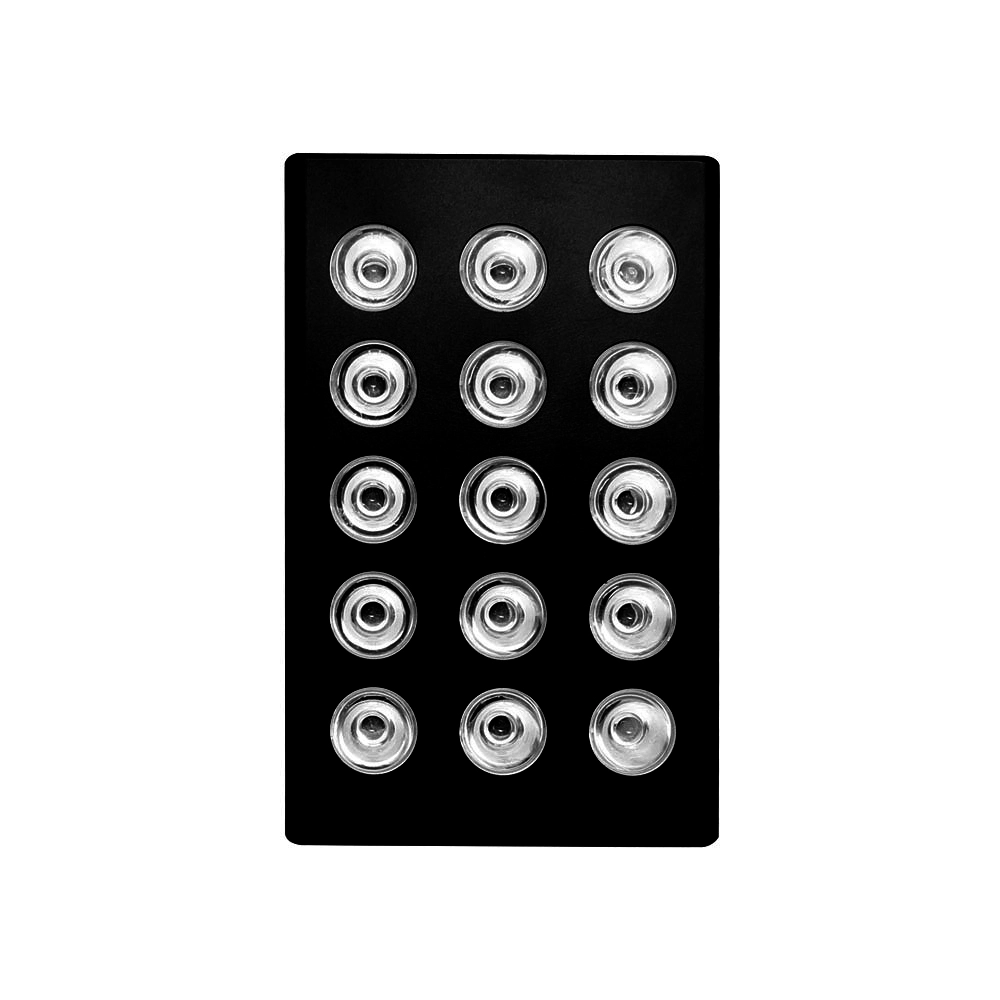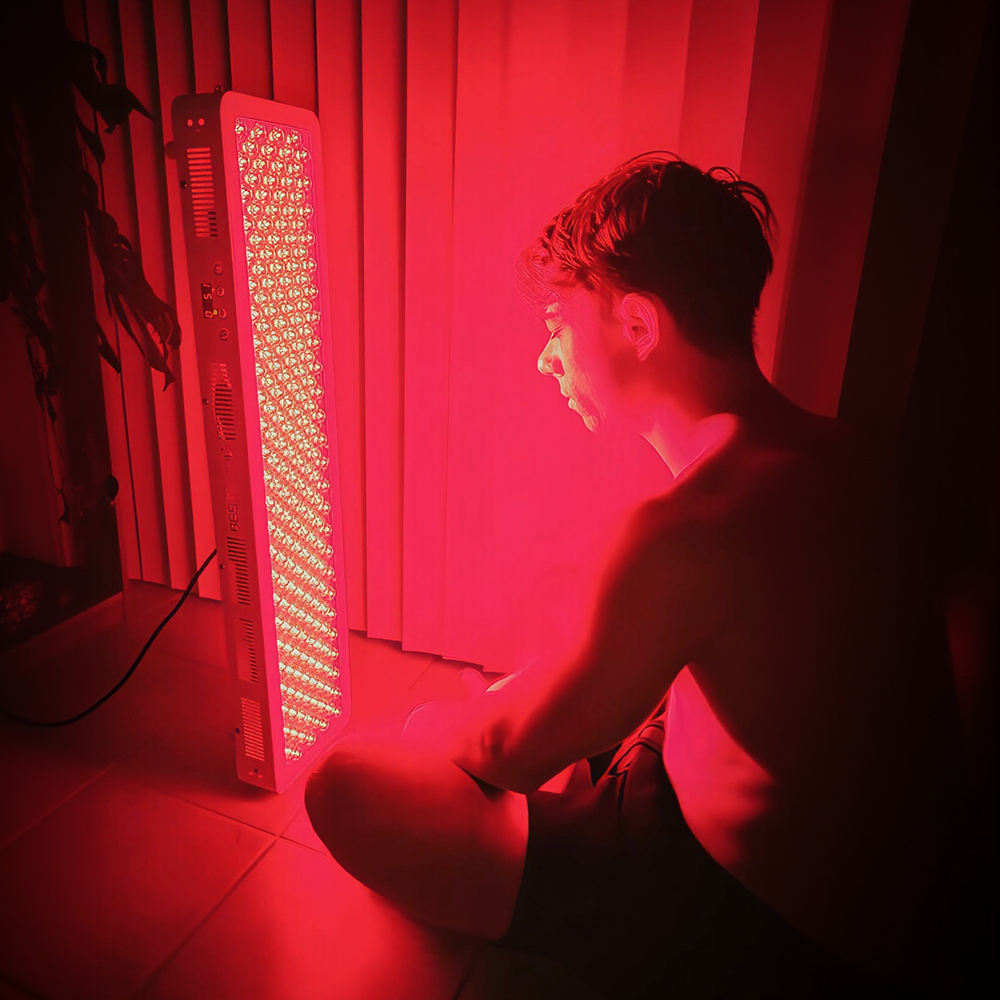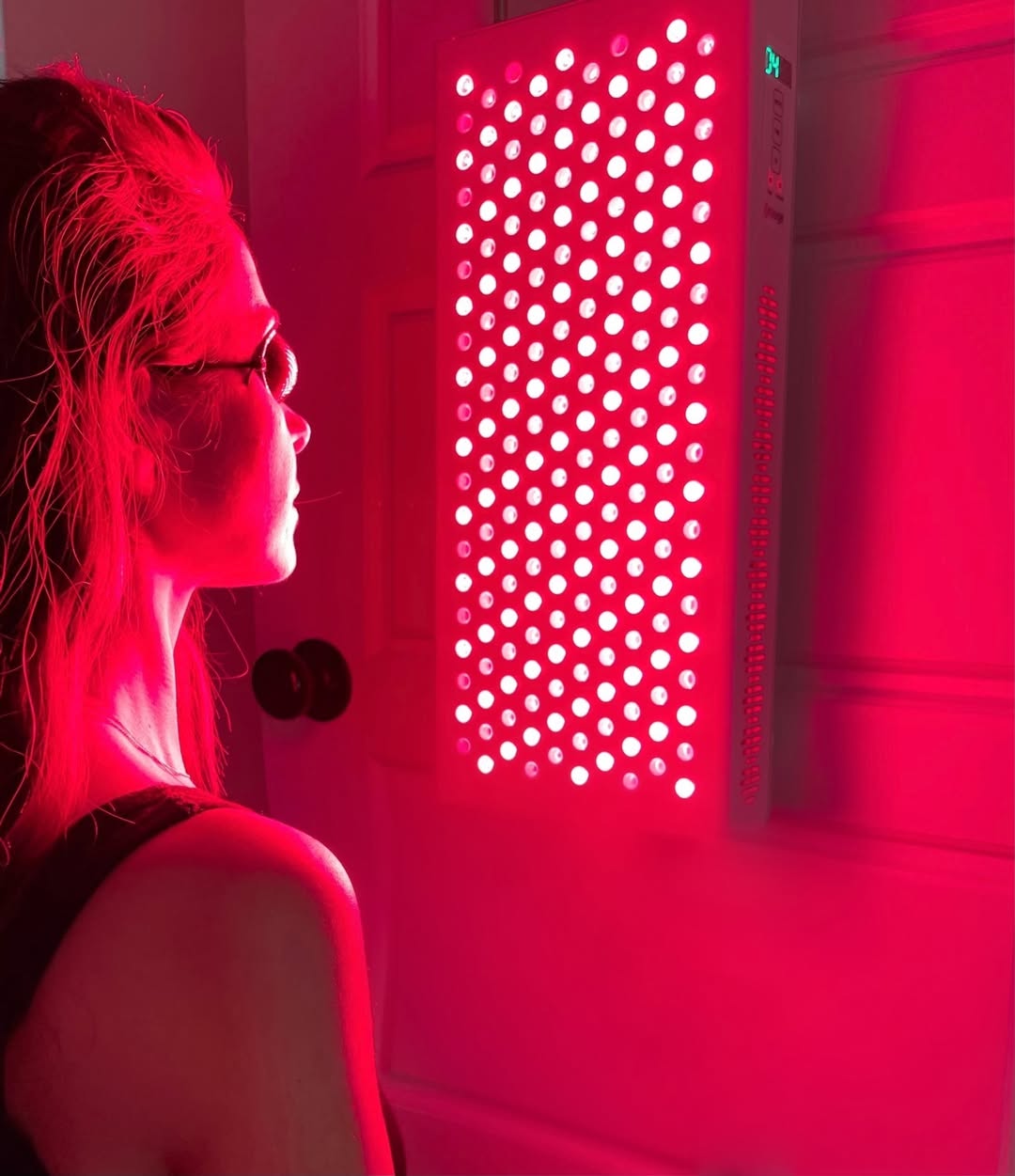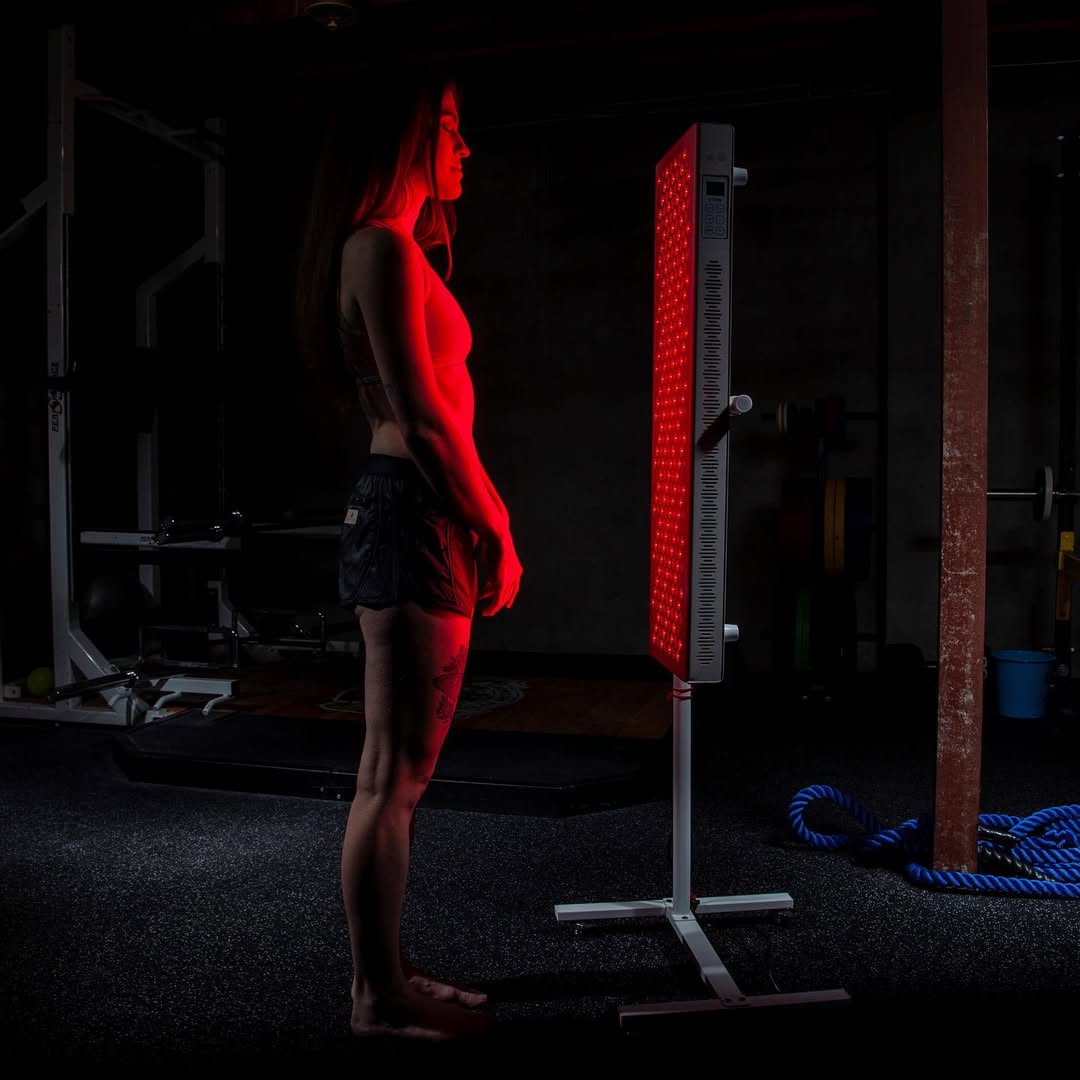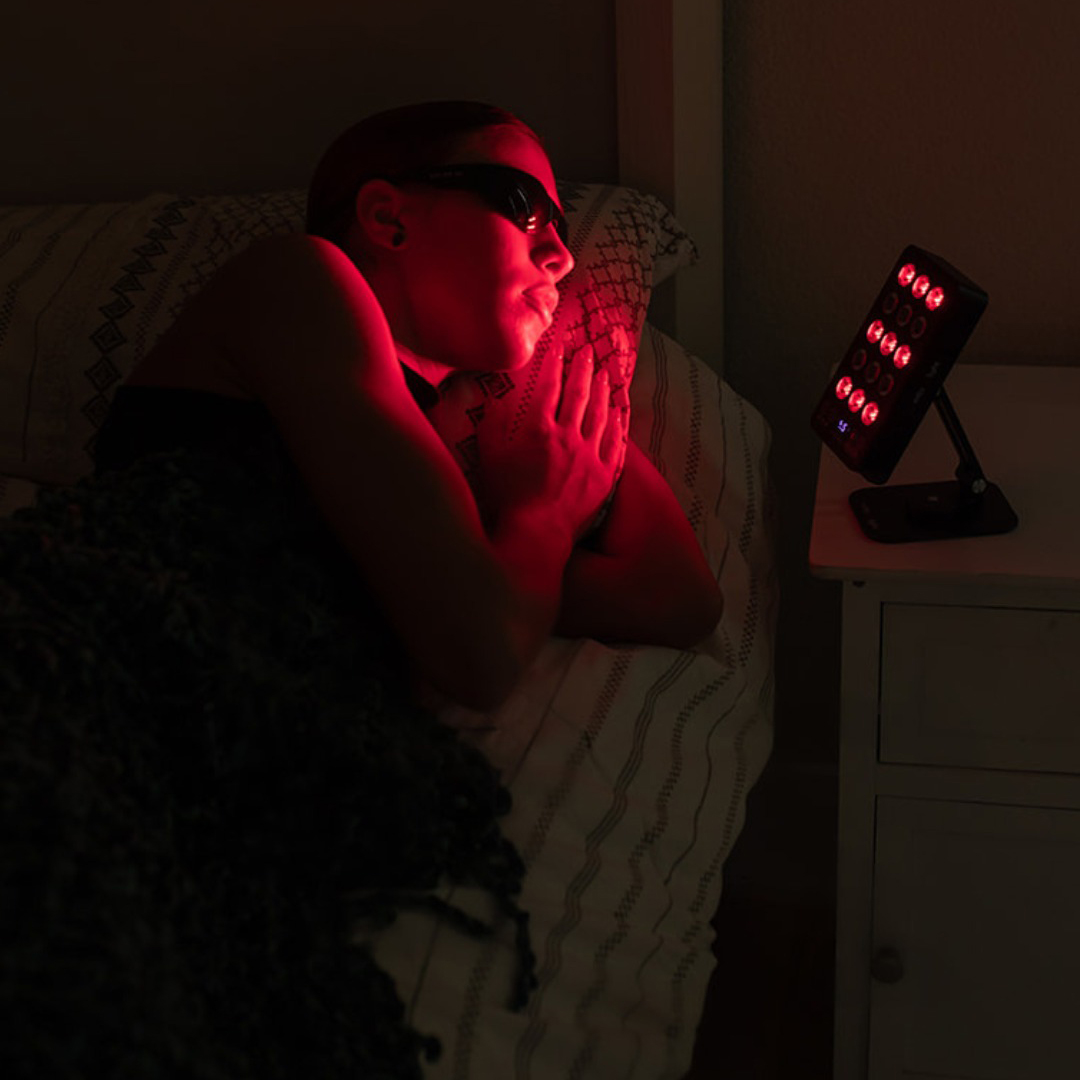![]() Free Shipping
Free Shipping ![]() Buy Now, Pay Later
Buy Now, Pay Later ![]() Eligible
Eligible
Red Light Therapy in the First Trimester: What you need to know
Expecting a child is a beautiful journey, often accompanied by a heightened focus on health and safety. Many mothers-to-be, especially those who used red light therapy (RLT) before pregnancy, wonder if this non-invasive treatment is safe during the critical first trimester. This article delves into the current research, expert opinions, and essential precautions to consider.
Understanding Red Light Therapy and How It Works
Red light therapy, also known as low-level laser therapy (LLLT) or photobiomodulation, is a therapeutic technique that uses specific wavelengths of red and near-infrared light. Unlike ultraviolet (UV) light, which can damage skin cells, RLT is designed to stimulate cellular function.
The process works as follows:
- Light photons are absorbed by the mitochondria within our cells, often called the “cellular powerplants.”
- This absorption boosts the production of adenosine triphosphate (ATP), the energy currency of the cell.
- With more energy, cells can function more efficiently, repairing themselves, reducing inflammation, and promoting healing.
The Critical First Trimester: Why Caution is Paramount
The first trimester (weeks 1-12) is the most crucial period of fetal development. During this time:
- Major Organs Form: The baby’s brain, heart, spinal cord, and other vital organs begin to develop.
- High Vulnerability: The fetus is most susceptible to potential external toxins, radiation, and physical stressors.
- Limited Research: Crucially, there is a significant lack of large-scale, targeted human studies examining the direct effects of RLT on a developing first-trimester fetus.
Because of this unique vulnerability, the principle of “first, do no harm” is paramount, leading to a universally cautious approach.
The Safety Debate: What Does the Science Say?
The scientific community is divided on this issue, primarily due to the ethical limitations of conducting studies on pregnant women.
The Case for Potential Safety (with Caveats)
Some experts and practitioners argue that RLT could be safe because:
- Non-Ionizing Radiation: The red and near-infrared light used in RLT is a form of non-ionizing radiation. This means it does not carry enough energy to damage DNA or cause cell mutations, unlike X-rays or UV light.
- Superficial Penetration: While near-infrared light can penetrate several centimeters, it may not reach the uterus, especially in the first trimester when it is still protected deep within the pelvis.
- Historical Use: RLT has been used in physical therapy settings, sometimes on pregnant women for conditions like carpal tunnel syndrome, without reported adverse events in small-scale observations.
A review published in the Journal of Biophotonics suggested that photobiomodulation appears to be safe, but it explicitly called for more rigorous studies focused on pregnancy.
Expert Quote: “While the theoretical risk of red light therapy during early pregnancy appears low due to its non-ionizing nature, the absence of evidence is not evidence of absence. We simply do not have the robust, longitudinal data to give a definitive ‘all-clear’ for the first trimester.” – Hypothetical quote from a Maternal-Fetal Medicine Specialist.
The Case for Extreme Caution and Avoidance
The opposing, and more widely adopted, viewpoint emphasizes caution because:
- The “Black Box” of Development: Fetal development is an incredibly complex and delicate process. The potential for unknown, subtle effects on cellular signaling or development cannot be ruled out.
- Heat Concerns: Although minimal, all light sources produce some heat. Hyperthermia (elevated body temperature) is a well-established risk factor for neural tube defects and other complications, particularly in the first trimester.
- Hormonal Sensitivity: Pregnancy involves dramatic hormonal shifts, and the effect of RLT on this sensitive endocrine environment is unknown.
General Guidelines and Precautions Summary
Given the current state of knowledge, here is a summary of the general consensus among healthcare providers.
| Body Area | First Trimester Recommendation | Rationale |
|---|---|---|
| Abdomen & Lower Back | Avoid | Direct application poses the highest theoretical risk due to proximity to the developing fetus. |
| Face, Neck, Hands | Use with Extreme Caution / Typically Avoid | While farther from the uterus, systemic effects are unknown. Most providers recommend erring on the side of caution. |
| Professional Device Use | Avoid | These are more powerful and carry a greater potential risk. |
| At-Home Device Use | Avoid | Without medical supervision and precise dosing, the risk is not justified. |
VELLGUS Elite V2
THE #1 RATED RED LIGHT DEVICE
Safer Alternatives for Common First-Trimester Concerns
If you are considering RLT for a specific issue, here are safer, pregnancy-approved alternatives to discuss with your doctor:
- For Skin Health (Acne, Glow): Switch to a pregnancy-safe skincare regimen with ingredients like azelaic acid or glycolic acid.
- For Muscle Aches and Pain: Use warm (not hot) compresses, prenatal massage from a certified therapist, and gentle stretching or prenatal yoga.
- For Fatigue and Low Energy: Prioritize sleep, nutrition, and gentle physical activity like walking. Prenatal vitamins are essential.
- For Healing Scars or Stretch Marks: Topical creams like bio-oil or shea butter are safe and can be effective.
The Final Verdict: Consultation is Key
The overwhelming medical advice is to avoid red light therapy during the first trimester of pregnancy. The potential risks, however small or theoretical, outweigh the benefits during this foundational stage of development.
Actionable Advice: “The single most important step you can take is to have an open conversation with your obstetrician or midwife. They understand your personal health history and can provide guidance tailored to your specific situation. Do not make this decision based on internet forums or non-medical advice.”
When to Revisit the Conversation
If you are keen on using RLT, the conversation may be revisited in the second or third trimester for targeted applications (e.g., treating carpal tunnel syndrome), but only under the direct guidance and supervision of your healthcare provider. The abdomen should always be avoided throughout the entire pregnancy.
Disclaimer: This article is for informational purposes only and does not constitute medical advice. Always consult with a qualified healthcare professional before starting any new treatment or therapy during pregnancy.



